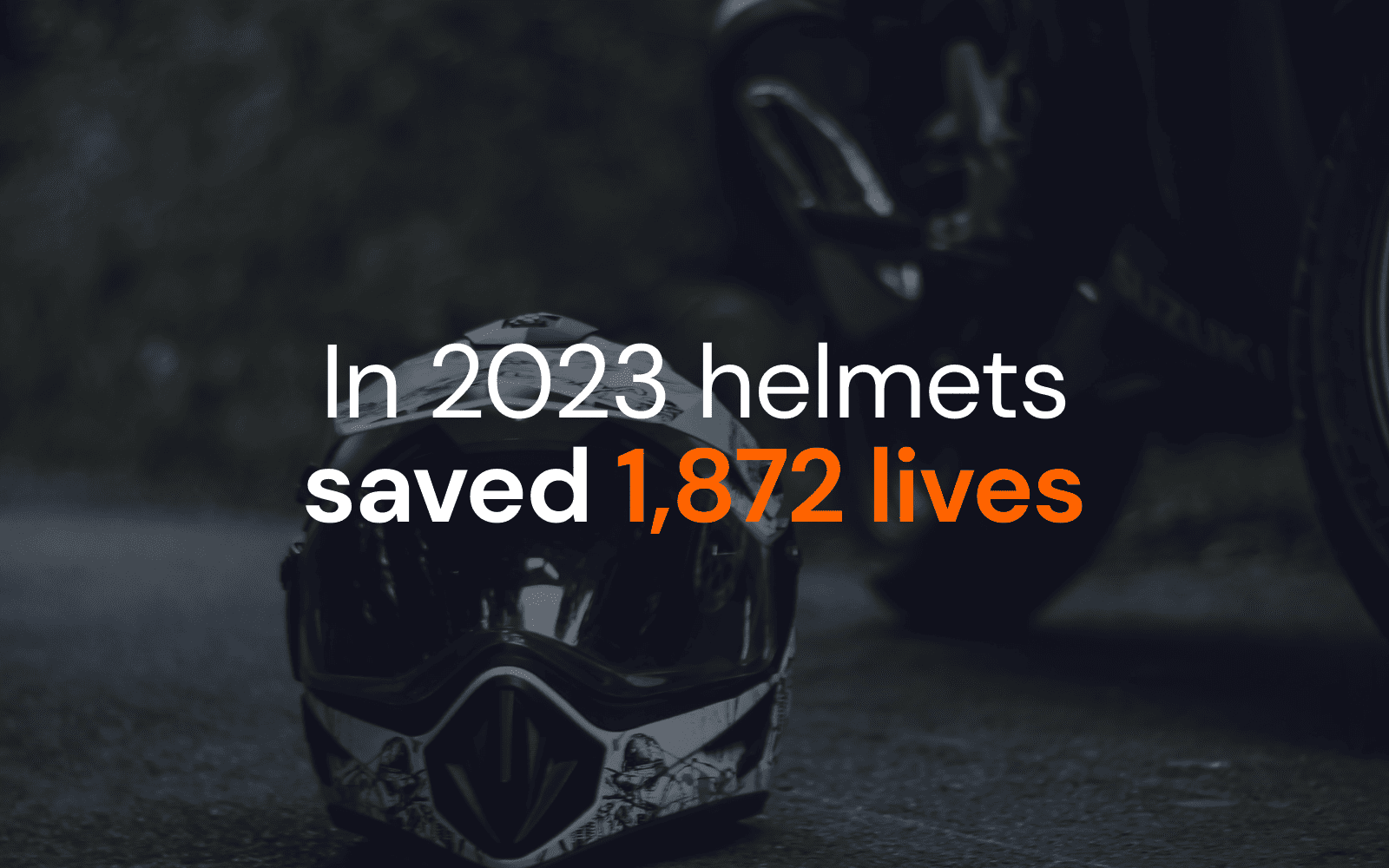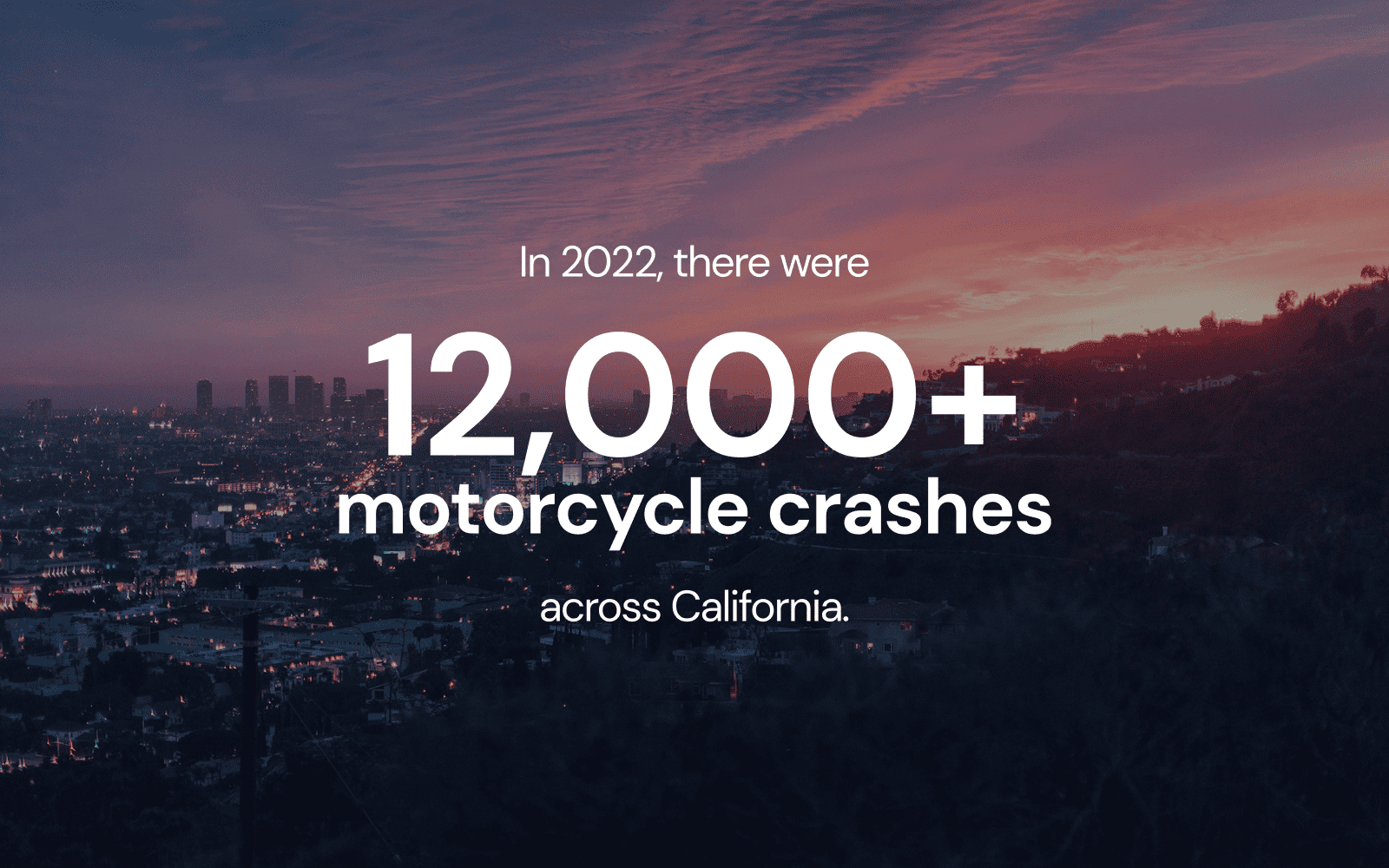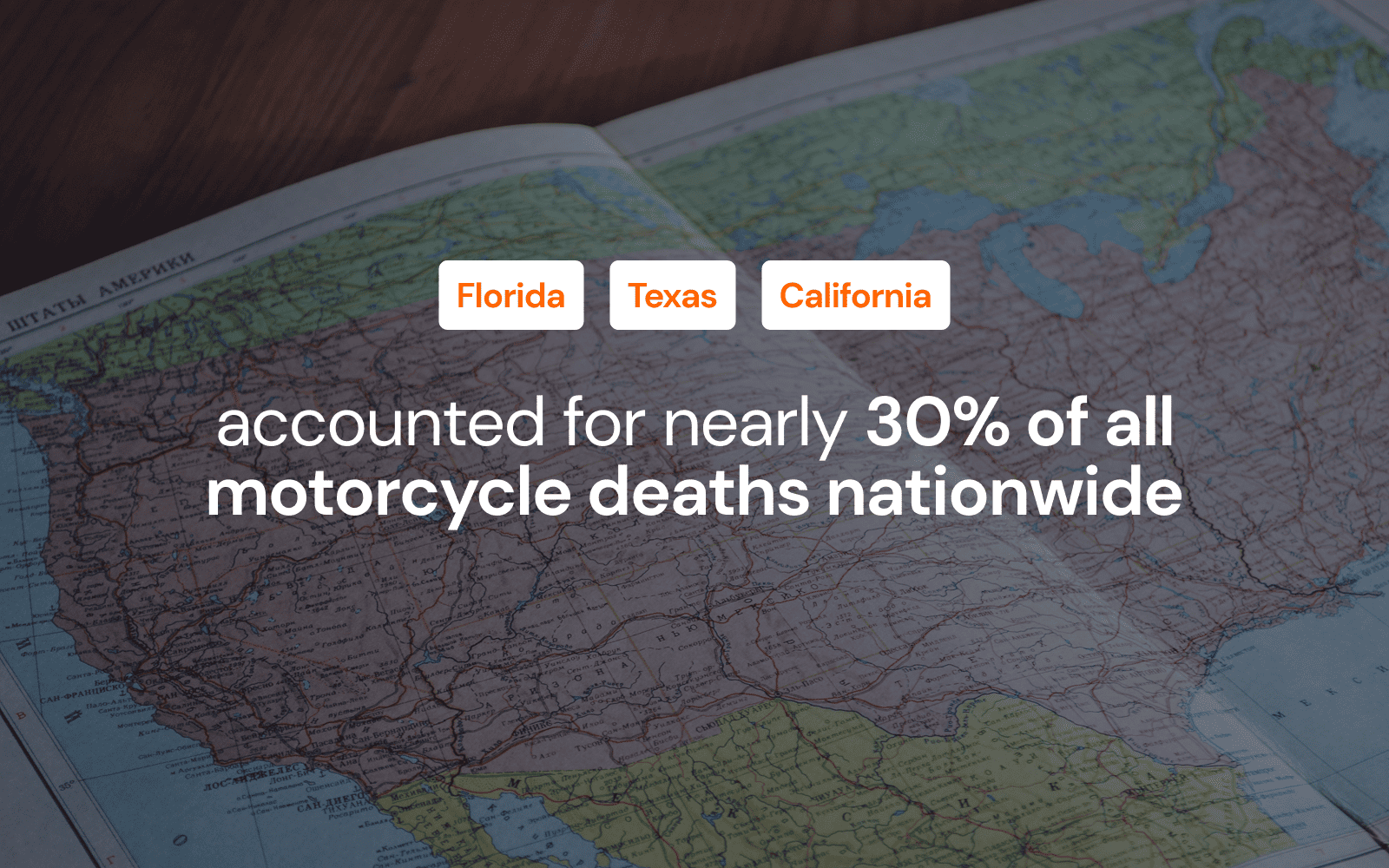How dangerous are motorcycles compared to cars?
Motorcycles are significantly more dangerous than passenger vehicles. According to the National Highway Traffic Safety Administration (NHTSA), motorcyclists are about 28 times more likely to die in a crash per vehicle mile traveled than occupants of passenger cars. This stark difference underscores the vulnerability of riders due to the lack of physical protection, smaller vehicle size, and increased instability on two wheels.
Motorcycles also have a higher injury rate. Riders are approximately five times more likely to be injured in an accident than occupants of other vehicles. These figures are based on the most recent data from the NHTSA Fatality Analysis Reporting System (FARS) and make it clear that motorcycle travel carries disproportionately high risk.

How many motorcyclists died in crashes last year?
In 2023, an estimated 6,335 motorcyclists were killed in traffic crashes, according to the Governors Highway Safety Association (GHSA). This is the highest number recorded in more than four decades. These fatalities represented 15% of all traffic deaths nationwide, despite motorcycles accounting for only 3% of registered vehicles.

The fatality rate per 100,000 registered motorcycles rose sharply in recent years. In 2023, there were approximately 73 motorcycle deaths per 100,000 registered motorcycles, compared to just 10 deaths per 100,000 registered passenger cars. These statistics illustrate the severity of the threat faced by riders on U.S. roads.
What are the leading causes of motorcycle crashes?
The most common causes of motorcycle crashes include speeding, alcohol impairment, failure to yield, and limited visibility.
- Alcohol: In 2023, 41% of motorcyclists killed in single-vehicle crashes were alcohol-impaired. This is significantly higher than for passenger vehicle drivers, where the rate is closer to 25%.
- Licensing: Approximately 36% of motorcyclists involved in fatal crashes were riding without a valid motorcycle license.
- Speeding: More than one-third of motorcycle riders involved in fatal accidents were exceeding the speed limit at the time of the crash.
These findings show that risky behavior is a common contributor to fatal motorcycle accidents.

Do helmets save lives?
Yes, motorcycle helmets dramatically reduce the risk of death and serious injury. In 2023, the NHTSA estimated that helmets saved 1,872 lives, and that an additional 749 lives could have been saved if all riders had been wearing helmets.

Helmets are approximately 37% effective in preventing motorcycle rider deaths and 67% effective in preventing brain injuries. Despite this, helmet usage is not universal.
- Helmet Usage Rate: About 74% of motorcyclists wore DOT-compliant helmets in 2023.
- State Laws: Riders in states without universal helmet laws are far less likely to wear helmets. Only 18 states currently have universal helmet laws, while the rest have partial or no helmet requirements.
These statistics reinforce the importance of strong helmet laws and consistent public education.
Which types of motorcycles are most often involved in crashes?
Sport bikes and supersport motorcycles are involved in a disproportionately high number of accidents.
According to the Insurance Institute for Highway Safety (IIHS):
- Supersport motorcycles have driver death rates nearly four times higher than standard motorcycles.
- Cruisers and touring bikes tend to have lower fatality rates due to different rider behavior and design characteristics.
Sport bikes appeal to younger, more risk-prone riders and are often operated at higher speeds. Their lightweight frames and high-speed capabilities increase the risk of serious crashes, especially on urban roads.
Are motorcycle crashes increasing in California?
Yes, California continues to see rising numbers in motorcycle-related fatalities and injuries. In 2022, there were over 12,000 motorcycle crashes across the state, resulting in more than 500 deaths and thousands of serious injuries. This represents an increase from 2021, and the trend is continuing into 2024–2025.

Major contributing factors include:
- Heavy traffic in metro areas like Los Angeles and San Diego.
- Year-round riding weather encouraging higher motorcycle usage.
- Increased distractions and driver inattention on California roads.
For legal professionals and safety advocates in California, these trends emphasize the urgency of expanded awareness campaigns and stricter enforcement of helmet laws and licensing requirements.
When are motorcycle accidents most likely to happen?
Motorcycle crashes tend to occur during specific high-risk periods:
- Time of Day: Most fatal motorcycle accidents happen between 3 p.m. and 9 p.m., when traffic volume and speed are highest.
- Day of Week: Weekends, particularly Saturday evenings, see the most fatalities, often linked to alcohol use and recreational riding.
- Seasonality: Summer and early fall are peak times for motorcycle crashes due to increased riding activity and longer daylight hours.
These patterns align with broader traffic accident data but highlight the increased risk for riders during leisure and after-work hours.
How can infrastructure affect motorcycle safety?
Poor road conditions are a major hazard for motorcycles. Potholes, uneven pavement, poorly marked lanes, and insufficient lighting all pose elevated risks for two-wheel vehicles. In fact, the Federal Highway Administration (FHWA) has stated that infrastructure issues contribute to up to 15% of single-vehicle motorcycle crashes.
Urban areas with ongoing construction and traffic congestion are especially dangerous. Infrastructure upgrades that benefit cars, like wider lanes and higher speed limits, can inadvertently make conditions more hazardous for motorcycles.
Local governments can reduce crash rates by:
- Prioritizing smooth pavement maintenance.
- Enhancing visibility at intersections.
- Installing better signage warning drivers of motorcycles.
Which states have the most motorcycle fatalities?
The top three states for motorcycle fatalities in 2023 were:
- Florida
- California
- Texas
These three states accounted for nearly 30% of all motorcycle deaths nationwide. Factors like population size, year-round riding weather, and traffic congestion all contribute to these higher numbers.

In Florida alone, motorcycle deaths accounted for 20% of all traffic fatalities, despite motorcycles comprising less than 5% of vehicles on the road.
What can riders do to protect themselves?
To reduce the risk of injury or death, riders should follow these evidence-backed safety practices:
- Wear a DOT-approved helmet every time you ride.
- Avoid alcohol before or during any ride.
- Take a motorcycle safety course, such as those offered by the California Motorcyclist Safety Program.
- Use protective clothing and visibility gear, especially at night.
- Maintain a valid motorcycle license and avoid riding without certification.
These steps directly reduce your risk and may also strengthen legal claims in the event of an accident.
Conclusion: Motorcycle Fatalities Are Rising, but They’re Preventable
Motorcycle accidents remain one of the most lethal types of road incidents in the U.S. In 2023, motorcycle fatalities reached a 40-year high, with more than 6,000 deaths. Riders are 28 times more likely to die than drivers of passenger vehicles, and helmet usage, speed, and alcohol continue to be leading factors in these crashes.
Policymakers, urban planners, and personal injury attorneys must work together to reverse these trends. By sharing up-to-date data, encouraging protective gear, and pushing for safety reforms, we can help reduce fatal motorcycle accidents nationwide.
If you or a loved one has been injured in a motorcycle crash, speak with a motorcycle accident attorney to understand your legal options and protect your rights.











